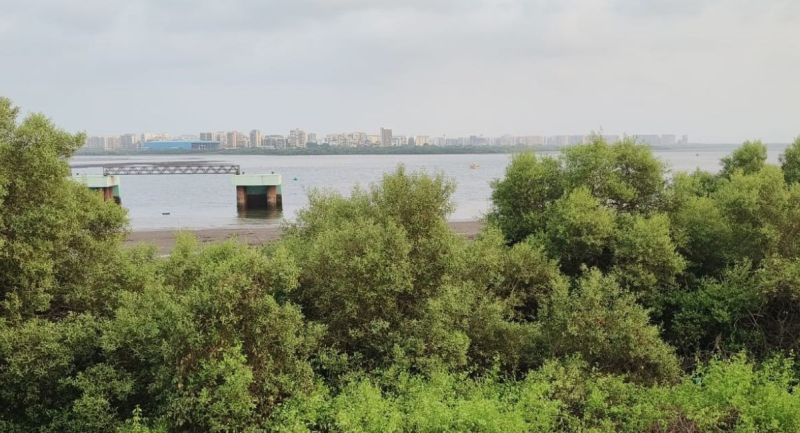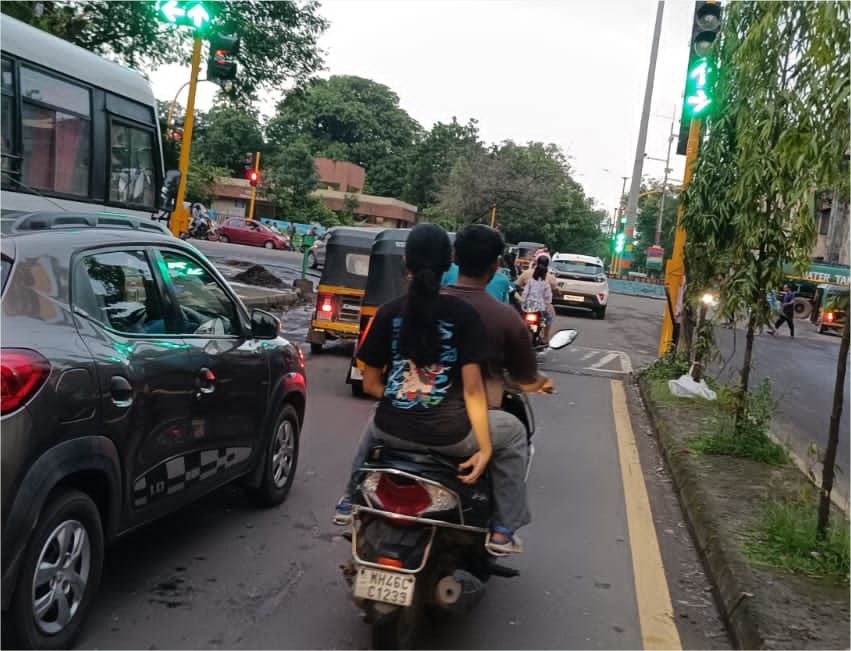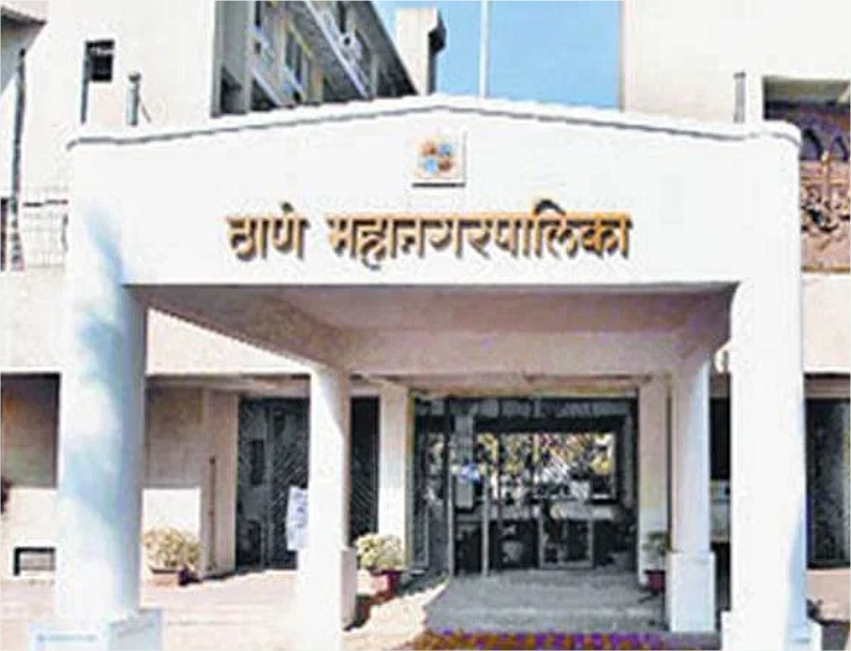Navi Mumbai mangrove get major boost in Rs. 120 crore CCTV surveillance project

- Newsband
- 20 Sep, 2024
Navi Mumbai: The city is set to receive 79 CCTV installations as part of a Rs. 120 crore high-tech video surveillance project aimed at safeguarding 669 "sensitive" mangrove locations across the Mumbai Metropolitan Region (MMR). This makes Navi Mumbai the largest beneficiary in the initiative, which will see a total of 195 CCTV cameras installed in critical mangrove zones.
In addition to Navi Mumbai, other areas covered include Mumbai, Thane, Bhiwandi, and Uran. The project, initiated by the Mangrove Cell under the State Forest Department, was officially announced via an e-tender on Wednesday, with submissions closing on September 24. If all goes as planned, the CCTV network will be operational within a year, with the bids set to open on October 15.
The project is designed to ensure the protection of mangroves and boost public confidence in the state's commitment to environmental preservation. S.V. Rama Rao, head of the Mangrove Cell, described the project as “high priority” for safeguarding these critical ecosystems.
The surveillance system will feature advanced technology, including Automatic Number Plate Recognition (ANPR), integrated with databases from VAAHAN Sarathi, Passport, Crime and Criminal Tracking Network and Systems (CCTNS), Prisons, and Automated Multimodal Biometric Identification System (AMBIS). This “eye in the sky” project will cover mangrove zones from Colaba to Panje and Dahisar to Panvel.
Environmentalists have welcomed the move. B.N. Kumar, director of NatConnect Foundation, who has long campaigned for the protection of mangroves, expressed his happiness that the government has finally taken concrete steps. However, he noted that the project only covers mangroves under the Forest Department’s jurisdiction, while other areas under CIDCO, JNPA, and Navi Mumbai Integrated Industrial Authority (formerly NMSEZ) remain unprotected.
Nandakumar Pawar, head of Sagar Shakti, praised the inclusion of Panje wetland in the surveillance plan, viewing it as an official acknowledgment of its importance. However, activists like Jyoti Nadkarni stressed the need for expanding protection to areas like Kharghar, where mangroves and wetlands remain under constant threat.
The network, which will include night vision cameras, is designed to monitor illegal activities that threaten the mangrove ecosystems, such as debris dumping and unauthorized land reclamation. The system will also include a Central Control Room, Zonal Recording Stations, and an alarm management module for real-time monitoring and incident response.




